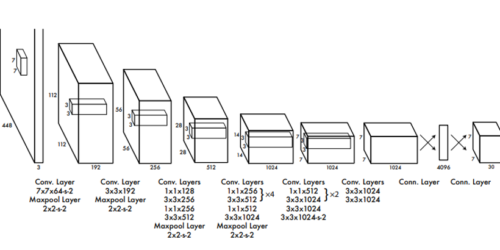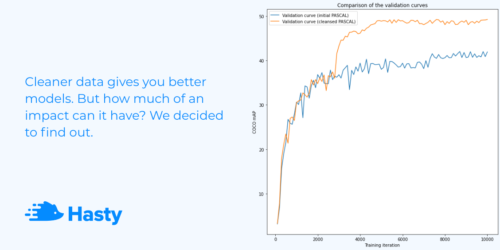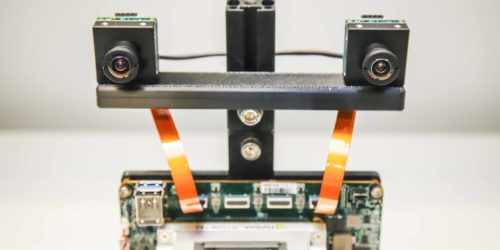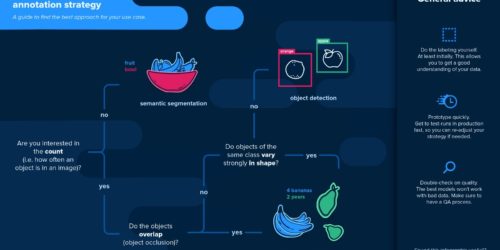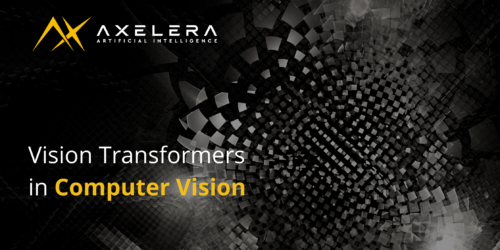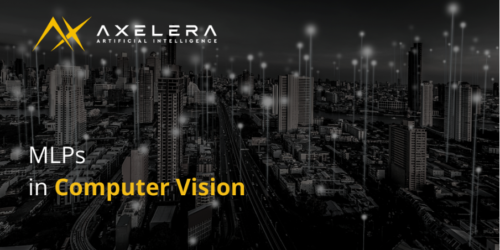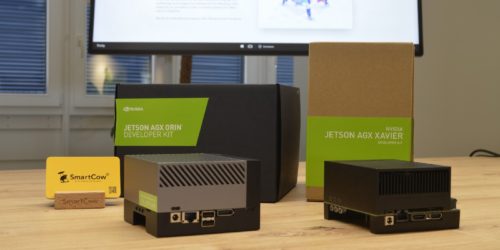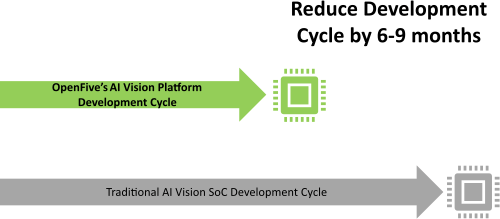DNN-Based Object Detectors
This article was originally published at Au-Zone Technologies’ website. It is reprinted here with the permission of Au-Zone Technologies. Unlike image classifiers, which simply report on the most important objects within an image, object detectors determine where objects of interest are located, their sizes and class labels within an image. Consequently, object detectors are central […]
DNN-Based Object Detectors Read More +

